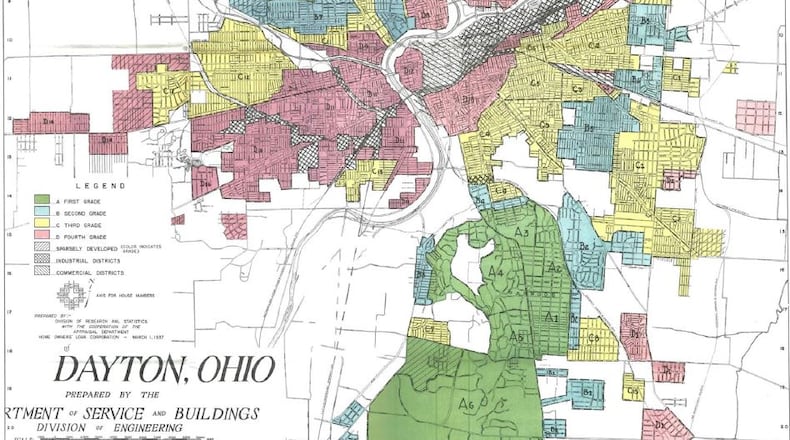But how could that be, especially when the Miami Valley Fair Housing Center, in its statistics, shows that roughly 10% of its cases are based on race?
That’s a question that’s surprisingly easy to answer. Discrimination is more subtle today.
The Dayton Daily News has embarked on a new project, the Path Forward: Race and Equity. Reporters will look at, among other issues, housing, an area that still has significant equity issues more than 50 years after the passage of the Fair Housing Act.
It’s not like 1984, when I came to town and an apartment complex manager told me there were no available apartments, despite the big VACANCY sign screaming right outside his office door.
Things today are far more subtle, Jim McCarthy, the fair housing center’s president and CEO, said. For example, housing providers may offer a lower rent to perspective white tenants. “This occasionally happens to our white housing discrimination testers who follow a Black tester inquiring about the same unit,” McCarthy said.
Black and Latino borrowers also still pay higher interest rates on home loans. “People of color are mostly unaware that they are being charged more and accept terms and interest rates that cost them much more than their white counterparts,” he said.
And the mortgage denial disparity continues to shock. In 2019, lenders denied mortgages to 16% of Black and 11% of Hispanic applicants, but just 7% of whites, according to data from the Consumer Finance Protection Bureau.
So what’s the answer?
“The community needs to engage in the difficult discussions about race, racial segregation, and racial disparities that we have been avoiding,” McCarty said. “We have never committed the proper resources, in neither money nor personnel, to realize the promises of the Fair Housing Act. Housing will only become more accessible and equitable to all, especially for people of color, if we are intentional about committing the resources necessary, over a sustained period of several decades, to address the racial disparities that prevail in the Miami Valley, as well as the United States as a whole.”
It’s a stain on us all when these disparities still exist.
Ray Marcano, a former Dayton Daily News editor and a lecturer at Wright State University, is serving as interim Ideas & Voices editor.
About the Author
